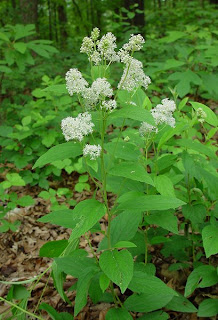HORSE CHESTNUT

Latin Name: Aesculus hippocastanum
Alternate Names: Buckeye, Spanish Chestnut
Family: HIPPOCASTANACEAE
Parts Used: Seeds, bark, leaves.
Properties: Anti-inflammatory, Astringent, Circulatory Stimulant, Expectorant, Febrifuge, Narcotic, Nutritive.
Internal Uses: Capillary Weakness, Edema, Frostbite, Hemorrhoids, Phlebitis, Varicose Veins
Internal Applications: Tincture.
Horse Chestnut helps move congestion and strengthen the capillaries and decrease their permeability. It is believed that the aescin content inhibits inflammation in cells without weakening phagocytosis.
Topical Uses: Hemorrhoids, Rheumatism, Swellings, Varicose Veins
Topical Applications: Poultice or compress for hemorrhoids, varicose veins, swelling, sores and rheumatism.
Culinary uses: Do not confuse this herb with sweet chestnuts.
Energetics: Bitter, Neutral, Dry.
Chemical Constituents: Saponins (aescin), glycosides (aesculin and fraxin), hydroquinine, tannins, flavones.
Contraindications: Use one fourth the dosages of other herbs. Green shell of nut can cause digestive distress, drowsiness and flush skin. Peel well before using the nut. Do not use raw or untreated nuts. Use only with the recommendation of a competent health professional. Do not confuse with Buckeye (Aesculus glabra).
Comments: The name Horse Chestnut arises from the use of this herb to treat horse's coughs as well as being used as animal feed. An old folk remedy to treat hemorrhoids and arthritis using Horse Chestnut was to simply carry a chestnut around in one's pocket until it hardened, then replace it with a fresh one.

